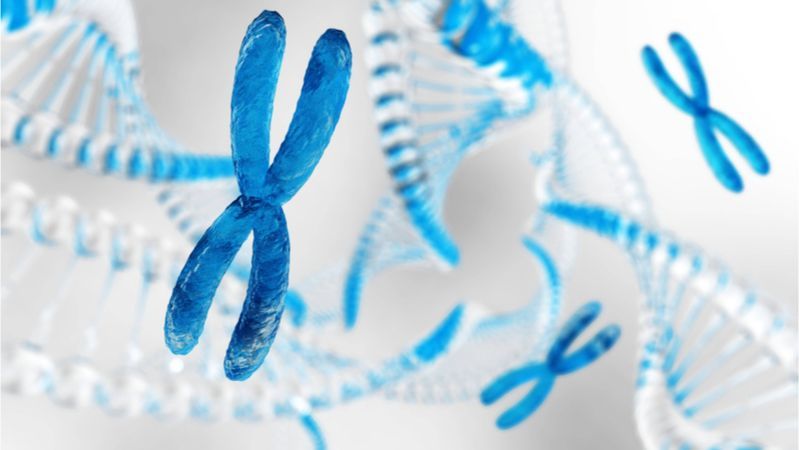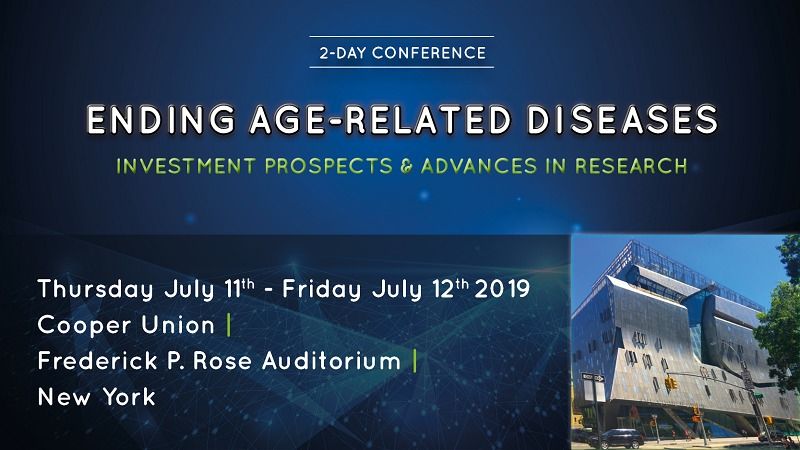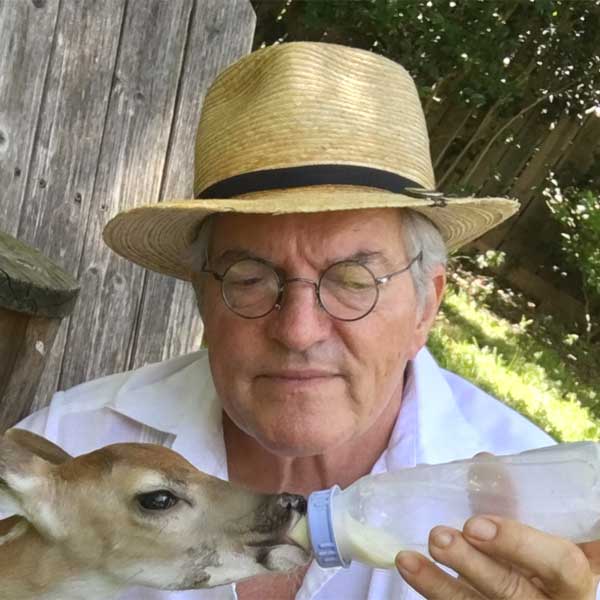https://www.youtube.com/watch?v=jplaE-CO0hQ
28 November 2017
Rejuvenation is a medical discipline focused on the practical reversal of the aging process.
Rejuvenation is distinct from life extension. Life extension strategies often study the causes of aging and try to oppose those causes in order to slow aging. Rejuvenation is the reversal of aging and thus requires a different strategy, namely repair of the damage that is associated with aging or replacement of damaged tissue with new tissue. Rejuvenation can be a means of life extension, but most life extension strategies do not involve rejuvenation.
Please like and subscribe for more from my nmn channel
Aubrey de Grey, Longevity, Diet and Aging. Aubrey de Grey PhD is an English author and biomedical gerontologist and mathematician who has made a significant contribution to the Hadwiger–Nelson problem. He is currently the Chief Science Officer of the SENS Research Foundation and VP of New Technology Discovery at AgeX Therapeutics, Inc.
He is editor-in-chief of the academic journal Rejuvenation Research, author of The Mitochondrial Free Radical Theory of Aging (1999) and co-author of Ending Aging (2007). He is known for his view that medical technology may enable human beings alive today not to die from age related causes.
In 2013 a study; 2-year old mice were tested for muscle wastage, insulin resistance and inflammation; in humans all are used as indicators of the aging process, they were then given NMN for 1 week. In all cases, after only 1 week the 2-year old mice were reflecting the expected findings of 6-month-old mice in the areas of muscle wastage, insulin resistance and inflammation.
In a later study (2018) Dr. David Sinclair’s team at the Harvard Medical School found that the aging of blood vessels had been reversed. The study showed that mice that were given NMN had restored blood vessel growth and had increased muscle endurance by up to 80%.








